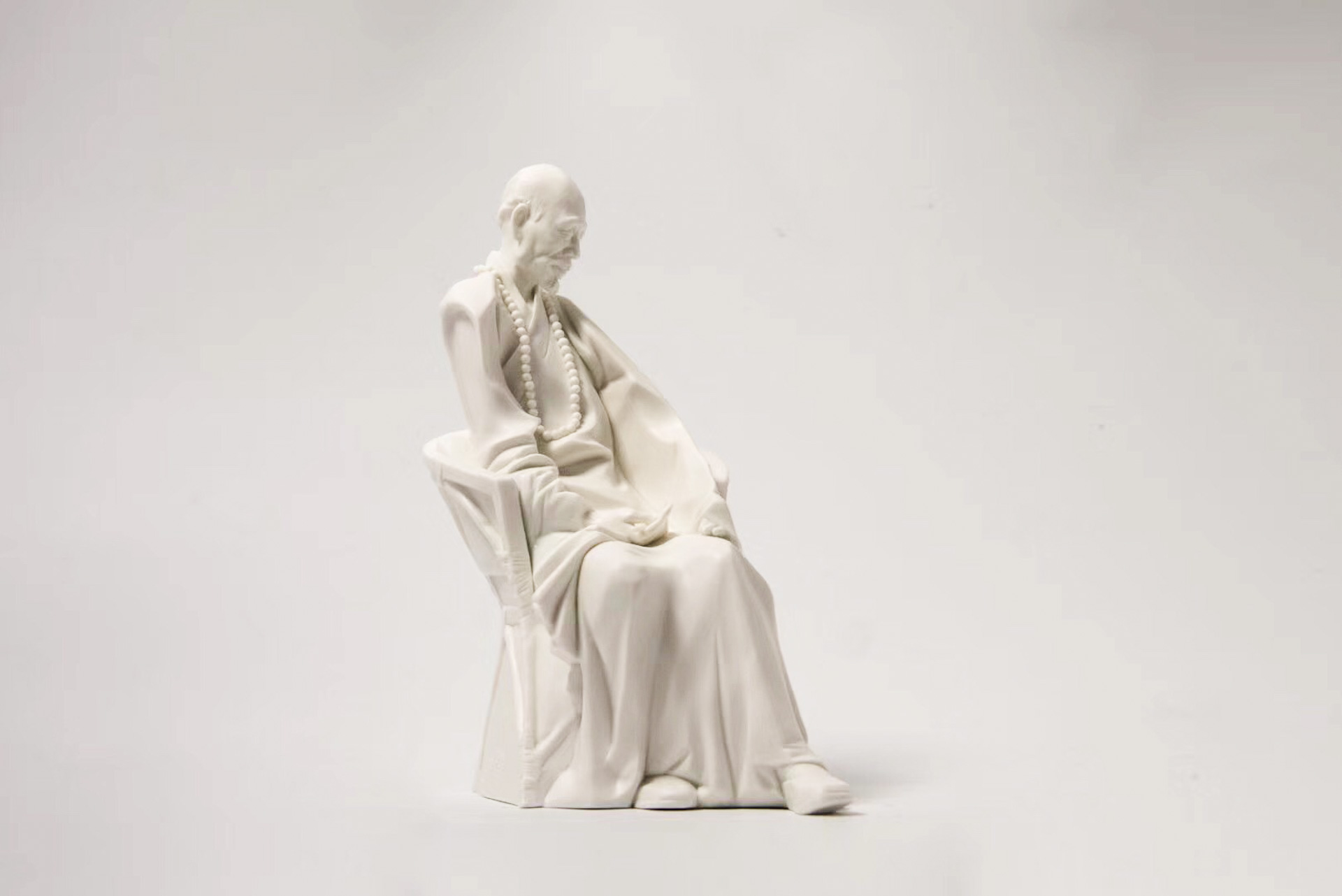Introduction to Blanc de Chine
Blanc de Chine, or "Chinese White," refers to the exquisite white porcelain produced in Dehua, Fujian Province, China. This porcelain is renowned for its pure white color, delicate texture, and timeless beauty. Dehua's porcelain-making history dates back to the Ming and Qing dynasties, and Blanc de Chine remains highly prized by collectors and connoisseurs worldwide.
Historical Significance
Dehua porcelain's origins can be traced to the Song dynasty (960-1279 AD), but it gained prominence during the Ming (1368-1644 AD) and Qing (1644-1912 AD) dynasties. During this time, Dehua craftsmen perfected their techniques, creating masterpieces that were exported to Europe and Japan. The purity of the white porcelain and the skillful artistry made Blanc de Chine highly sought after in the global market.
Craftsmanship and Techniques
The production of Blanc de Chine involves meticulous craftsmanship and traditional techniques. Artisans use a high-fired porcelain that requires precise control of temperature and timing. The unique white color is achieved through the use of local kaolin clay, which contains a high concentration of kaolinite. This clay, combined with the artisans' expertise, results in the translucent, jade-like quality of Blanc de Chine.
Notable Artists and Styles
One of the most famous Blanc de Chine artists is He Chaozong, known for his intricate and lifelike sculptures. His works often feature religious figures, such as Guanyin (the Goddess of Mercy), which are highly detailed and revered for their spiritual significance. Other notable styles include the delicate flower designs and the serene, minimalist forms that highlight the purity of the porcelain.
Modern Appeal and Applications
Today, Blanc de Chine continues to be appreciated for its aesthetic and cultural value. It is used in both traditional and contemporary designs, from elegant teapots and vases to modern art installations. The timeless appeal of Blanc de Chine lies in its ability to blend ancient techniques with modern design, making it a versatile and cherished addition to any collection.
Conclusion
Blanc de Chine is more than just porcelain; it is a testament to the rich cultural heritage and artistic excellence of Dehua. Whether you are a collector, a tea enthusiast, or simply someone who appreciates fine craftsmanship, Blanc de Chine offers a glimpse into the timeless beauty and enduring legacy of Chinese porcelain.
